Finax, Finasteride
- I. What is Finax (Finasteride)
- II. Composition and Properties of Finasteride
- III. Therapeutic Uses of Finasteride
- IV. Off-Label Uses of Finasteride
- V. How Finasteride Works
- VI. Dosage and Administration Guidelines
- VII. Detailed Side Effects of Finasteride
- VIII. Finasteride Interactions
- IX. Contraindications and Precautions
- X. Special Considerations for Diverse Populations
- XI. Overdose and Emergency Management
- XII. Storage and Handling of Finasteride
- XIII. Careful Administration Practices
- XIV. Discontinuation Effects
I. What is Finax (Finasteride)
Overview of Finax
Finax, also known as Finasteride, is a medication commonly used to treat pattern baldness and benign prostatic hyperplasia. It blocks the enzyme 5 alpha-reductase, which converts testosterone into dihydrotestosterone (DHT). Lowering DHT levels is essential for reducing hair loss and shrinking prostate size.
.png)
Common brands and formulations
- Propecia is mainly prescribed for treating alopecia and comes in 1 mg tablet form.
- Proscar is used to address benign prostatic hyperplasia and is available in 5 mg tablets.
Both medications are taken orally over a period to maintain their therapeutic effects.
Does Finasteride regrow hair?
Clinical studies have shown that Finasteride helps with hair regrowth in men experiencing pattern baldness. It works best when started at the onset of hair thinning. While it doesn't guarantee regrowth, it does slow down hair loss significantly for everyone.
Does Finasteride increase testosterone?
Some people may think wrongly that Finasteride raises blood testosterone levels. In reality, it reduces the transformation of testosterone into dihydrotestosterone. This leads to a rise in testosterone levels, though usually not enough to cause any significant physical changes associated with increased testosterone.
II. Composition and Properties of Finasteride
Chemical Structure and Active Ingredients
Finasteride stands out due to its molecular structure, C23H36N2O2, which reflects its role as a potent inhibitor of 5 alpha-reductase. This artificial compound, known as a 4 azasteroid, specifically homes, in on and attaches to the enzyme blocking the process of converting testosterone into dihydrotestosterone. This hormone is closely linked to pattern baldness and enlarged prostate.
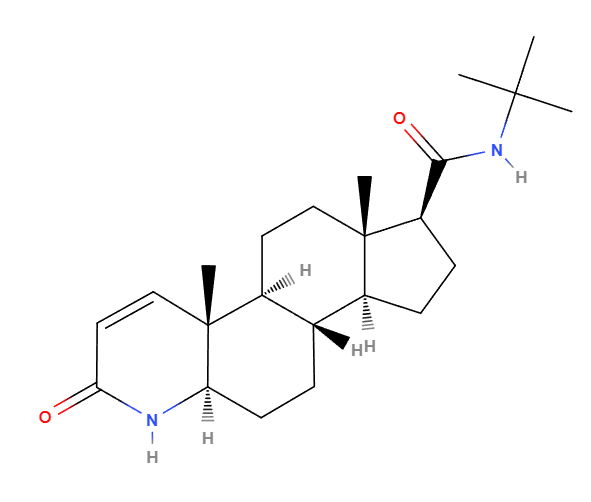
Pharmacological Properties
Its effectiveness relies on its capability to specifically block Type II 5 alpha-reductase. When ingested orally, this blocking action affects both hair follicles and prostate tissue by lowering DHT levels, which cause hair loss and prostate enlargement.
Topical vs Oral Finasteride
- Topical Finasteride is applied directly to the scalp to reduce absorption and potential side effects.
- Oral Finasteride is widely used for hair restoration and prostate health due to its ability to distribute throughout the body.
Finax vs Finpecia
Finax and Finpecia are both medications containing finasteride that treat hair loss. The critical difference between them is their production:
- Dr. Reddy's Laboratories make Finax.
- Cipla Ltd manufactures Finpecia.
However, despite this distinction, both medications effectively treat hair loss.
Finax vs Propecia
Finax and Propecia have the active ingredient Finasteride. Nonetheless, initially developed by Merck & Co., Propecia is commonly seen as the leading brand. It usually comes at a higher price than Finax, which is viewed as a generic substitute.
Dutasteride vs Finasteride
Though both drugs are prescribed for addressing hair loss and prostate enlargement, Dutasteride targets both Type I and Type II variations of 5 alpha-reductase, potentially leading to a thorough decrease in DHT levels compared to Finasteride, which solely focuses on Type II inhibition.

Finasteride vs Minoxidil
Finasteride and Minoxidil work in ways to combat hair loss. Finasteride tackles DHT from within, while Minoxidil is a vasodilator that promotes hair growth. Combining the two is an approach to enhance hair restoration results.
Finasteride vs Tamsulosin
Tamsulosin and Finasteride are both medications commonly prescribed for treating prostatic hyperplasia, but their mechanisms of action vary considerably. Unlike Finasteride, Tamsulosin is an alpha blocker that helps relax the prostate and bladder neck muscles, ultimately enhancing urine flow without impacting hormone levels.
Finasteride Gynecomastia
Occasionally, a significant but rare outcome of taking Finasteride is gynecomastia, which refers to the growth of breast tissue in males. This situation usually arises from imbalances in hormones, such as the rise in estrogen compared to testosterone due to the suppression of DHT production.
III. Therapeutic Uses of Finasteride
Primary Indications: Management of Male Pattern Baldness and Benign Prostatic Hyperplasia
Finasteride plays a role in treating two common medical conditions:
- Male pattern baldness (androgenetic alopecia)
- Benign prostatic hyperplasia (BPH).
When used for alopecia, Finasteride effectively slows down hair loss. It can even promote new hair growth by blocking the production of dihydrotestosterone (DHT), a hormone linked to shrinking hair follicles. For BPH, this medication helps reduce prostate enlargement, improving urine flow and lowering the chances of retention.
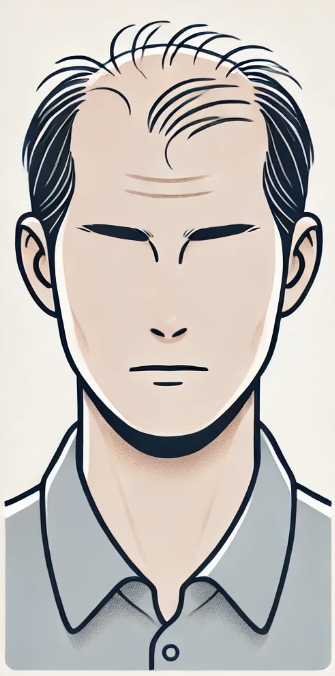
Detailed Analysis of Effectiveness in Different Demographic Groups
The effectiveness varies depending on different groups of people affected by factors like age, genetic traits, and length of treatment:
- Younger Patients: Younger individuals often see more noticeable hair regrowth because starting treatment early can better slow down hair loss progression.
- Older Individuals: While it helps reduce prostate size and ease urinary issues in elderly men, its impact on hair regrowth is less significant, possibly due to long-standing hair follicle shrinkage.
- Genetic Influence: People with a family history of baldness or enlarged prostates tend to respond more positively to Finasteride, highlighting its genetic basis for its effectiveness.
Finax Treatment for Female Pattern Hair Loss
While Finax (Finasteride) is mainly recommended for men, studies have shown its effectiveness in treating pattern hair loss, especially in women after menopause. The use of this treatment in women is a topic of debate because of conflicting outcomes and the risk of disruptions. Ongoing clinical research aims to determine the safety and efficiency of Finasteride with healthcare professionals advising closely monitored administration.

IV. Off-Label Uses of Finasteride
Exploration of Less Common Applications
Finasteride is well known for its effectiveness in treating male pattern baldness and benign prostatic hyperplasia. It also shows promise in various other medical areas. These alternative uses leverage its ability to inhibit DHT. For example, Finasteride has been used to manage hirsutism in women, a condition marked by hair growth. Reducing the stimulation responsible for this overgrowth offers relief from symptoms. Moreover, initial studies indicate its potential to alleviate symptoms associated with ovary syndrome (PCOS), aiming to mitigate the androgenic effects that contribute to the complexity of the syndrome.
Current Research and Emerging Uses
Researchers are currently profoundly delving into the potential of Finasteride to treat a range of conditions related to androgens:
- Hormone-Sensitive Cancers: There is an ongoing investigation into how Finasteride could help manage hormone-sensitive cancers, such as specific types of breast and prostate cancer. By affecting hormone levels, Finasteride might impact the growth patterns of these cancers.
- Psychiatric Research: Surprisingly, emerging evidence suggests that Finasteride could potentially help treat mood disorders driven by hormones. This area presents an opportunity for future research considering the psychological effects of hormonal imbalances.
These new applications showcase how adaptable Finasteride is in the field of science. Research is continuously expanding its possibilities beyond its initial FDA-approved uses.
V. How Finasteride Works
Mechanism of Action on Hormonal Levels
Finasteride targets pathways specifically by blocking the conversion of testosterone to dihydrotestosterone (DHT). This enzyme inhibition leads to a decrease in DHT levels in the body. Lowering DHT is essential as it is an androgen linked to conditions like male pattern baldness and enlarged prostate. Reducing DHT helps alleviate androgen-related issues and adjusts the hormonal balance, which supports hair growth and prostate health.
Impact on Hair Growth and Prostate Size
The effects of what Finasteride does can be most clearly seen in its ability to both help with hair growth and decrease prostate enlargement:
- Hair Growth: Finasteride works by lowering DHT levels in the scalp and follicles, which stops hair follicles from shrinking, a key reason for male pattern baldness. This protection and potential rejuvenation of the hair follicles can stop hair loss and sometimes even lead to visible regrowth over time.
- Prostate Health: In cases of prostatic hyperplasia, reducing DHT levels results in less stimulation of prostate cell growth. This helps reduce prostate size, ease symptoms, and enhance the quality of life for those affected.
By working through these processes, Finasteride offers an approach that relieves symptoms and tackles the root causes of these conditions.
VI. Dosage and Administration Guidelines
Recommended Dosages for Various Conditions
Finasteride is given in varying amounts based on the condition being addressed:
- For Male Pattern Baldness, the usual dose is 1 mg taken orally once daily.
- In cases of Benign Prostatic Hyperplasia, the recommended dose is generally 5 mg taken once a day.
Following the dosage accurately ensures maximum effectiveness and minimizes potential side effects.
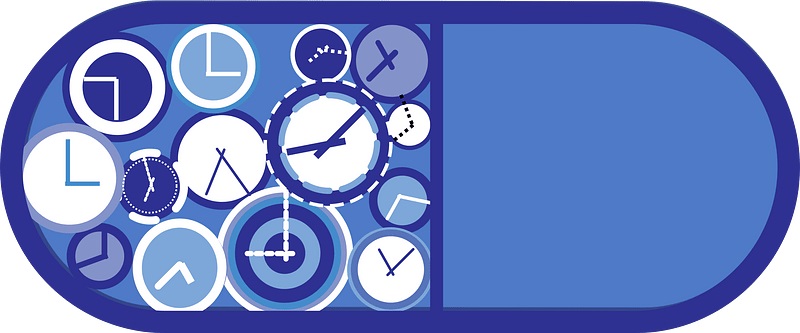
Instructions for Use and Timing Considerations
You can choose to take Finasteride with or without a meal. Take it simultaneously every day to keep your hormone levels stable. Being consistent with when you take the medication can improve its effectiveness and lower the chances of forgetting a dose.
Does Finasteride Lower Testosterone?
When Finasteride works to lower dihydrotestosterone (DHT) levels by blocking the 5 alpha reductase enzyme, it may indirectly lead to a minor rise in testosterone levels. Nonetheless, this adjustment typically doesn't have an impact on the overall balance of testosterone or trigger any associated symptoms.
How Long Does Finasteride Take to Work?
The changes in hair growth or reduction in prostate size due to Finasteride typically start showing after around three to six months of use. It may take up to a year to see the benefits, especially regarding hair growth.
Spironolactone vs Finasteride for Female Hair Loss
Spironolactone and Finasteride work to combat hair loss, but they achieve this goal in distinct ways. Spironolactone functions as an androgen blocker and is frequently utilized, off-label, to address female pattern hair loss, especially after other remedies have proven ineffective. On the other hand, Finasteride is not as commonly recommended for women because of potential adverse reactions and is typically only prescribed to postmenopausal women under careful medical monitoring.
Best Time to Take Finasteride
The best time to use Finasteride is when you can make it a regular part of your schedule, whether in the morning or evening. The important thing is to be consistent because changes when you take the medication can impact how well it works.
How Long Does Finasteride Stay in Your System?
After stopping the use of Finasteride, its impact may linger because of its elimination half-life, usually lasting five to six hours in young adults but potentially stretching to eight hours or longer in older individuals. Nonetheless, the physiological changes related to DHT production could diminish gradually over weeks or even months following the cessation of the drug.
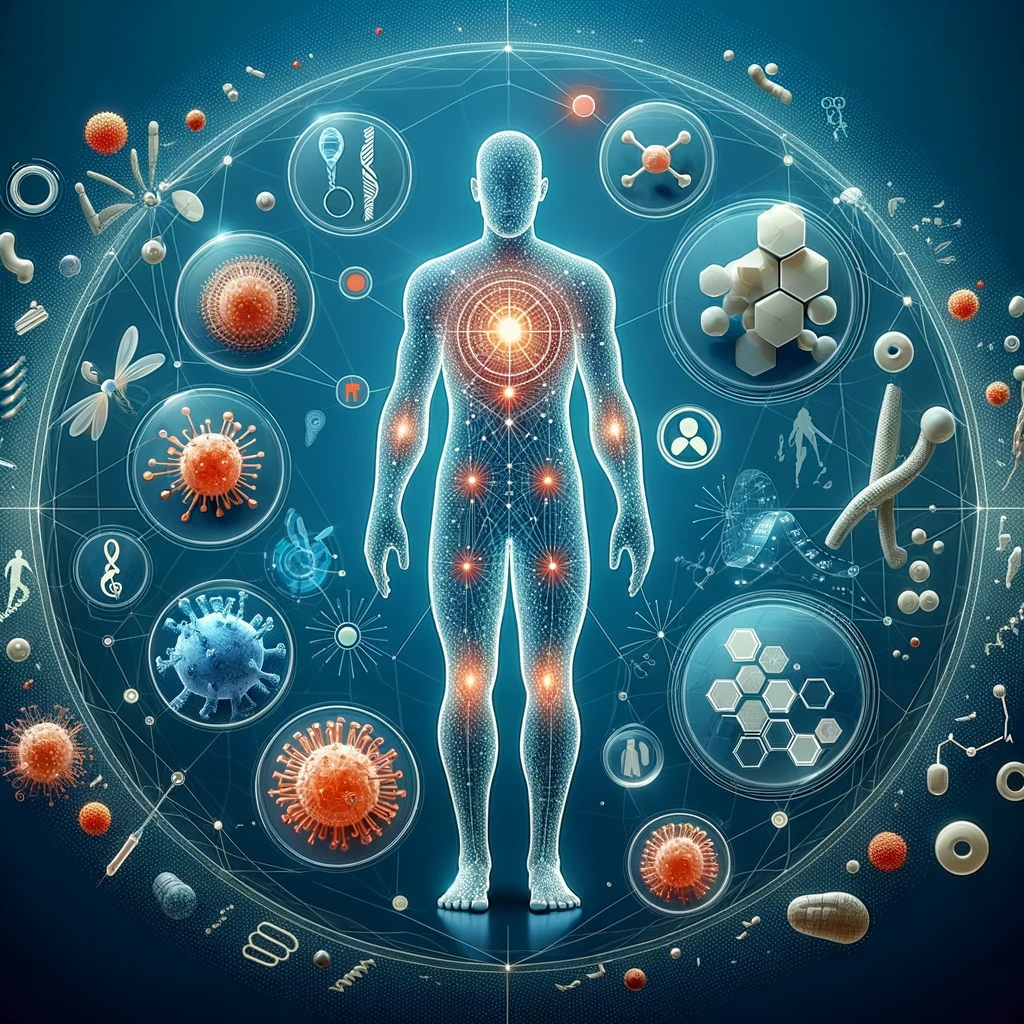
VII. Detailed Side Effects of Finasteride
Common Side Effects Encountered by Patients
Patients who use Finasteride might experience side effects, although many of them are mild and can be dealt with quickly. Some mentioned side effects comprise:
- Reduced sex drive and sexual performance
- Mild to moderate difficulties with erections
- Decreased amount of semen during ejaculation
- Emotional impacts like changes in mood and feelings of sadness

Long-term Side Effects and Their Management
Although Finasteride is usually well received, there are cases where certain people may encounter lasting side effects after stopping the medication, known as post-finasteride syndrome. Ways to address this issue include:
- Seeking advice from healthcare professionals to adjust doses or consider treatment options
- Engaging in supportive therapies like counseling or seeking psychiatric assistance for mental health issues
- Making lifestyle changes to enhance overall well-being and alleviate side effects
Statistical Occurrence Rates of Side Effects
Studies show that adverse reactions to Finasteride are uncommonly affecting more than 2% of individuals. Most problems usually improve once the body adapts to the treatment or stops its use.
Finasteride Prostate Cancer
There have been worries expressed regarding a connection between Finasteride and a higher likelihood of developing advanced prostate cancer. Yet research indicates that although it may elevate the presence of tumors, Finasteride lowers the chances of prostate cancer by around 25%.
Does Finasteride Cause Shedding?
When you start taking it, it's normal to experience initial shedding, which may seem contradictory. This happens because the medication speeds up the hair growth cycle, causing more hair to move from the resting phase to the growing phase. As a result, you might notice some hair loss before seeing new hair growth.
How to Reduce Side Effects of Finasteride
To minimize the effects of Finasteride, there are a few practical measures to consider:
- Talking to your healthcare provider about reducing the dosage can help lessen side effects without compromising effectiveness.
- Observing any side effects and promptly informing your healthcare professional can help you effectively deal with them.
- Maintaining a diet and engaging in regular exercise can help keep hormonal balance in check and alleviate mood-related side effects.
Finasteride Blood Pressure
There is no proof connecting Finasteride to alterations in blood pressure. Individuals with a background of heart-related issues should talk about risks with their healthcare professional to guarantee the safe use of the medication.

VIII. Finasteride Interactions
Common and Critical Medication Interactions
When using Finasteride, it's essential to be careful when taking it alongside medications to avoid any potential interactions that might impact how well it works and how safe it is. Some fundamental interactions to watch out for are:
- Rifampin: This medication could lower the levels of Finasteride in the blood, which can reduce its effectiveness.
- CYP3A4 inducers: Drugs that trigger this enzyme might speed up the breakdown of Finasteride in the body, possibly making it less effective.

Interaction Mechanisms and Management Strategies
Interactions usually result in changes in how enzymes process other pathways that impact the absorption and removal of the drug. Ways to manage this include:
- Aadjusting doses when taken with other medications
- Closely monitoring effectiveness and side effects
- Seeking advice from healthcare professionals for potential alternative treatments.
Finasteride and Alcohol
When using Finasteride, it is recommended to be mindful of alcohol intake as it may worsen some side effects like issues and mood changes, even though there is no direct interaction between the two. It's best to limit alcohol consumption while on treatment.
IX. Contraindications and Precautions
Absolute Contraindications for Use
Finasteride should not be used in the following situations:
- Pregnancy: Finasteride may lead to birth defects. It is not suitable for pregnant women or those intending to conceive.
- Children: The safety and effectiveness of Finasteride have not been proven in pediatric patients.
- For individuals with liver issues: Impaired liver function can impact how Finasteride is processed, potentially raising the likelihood of negative reactions.
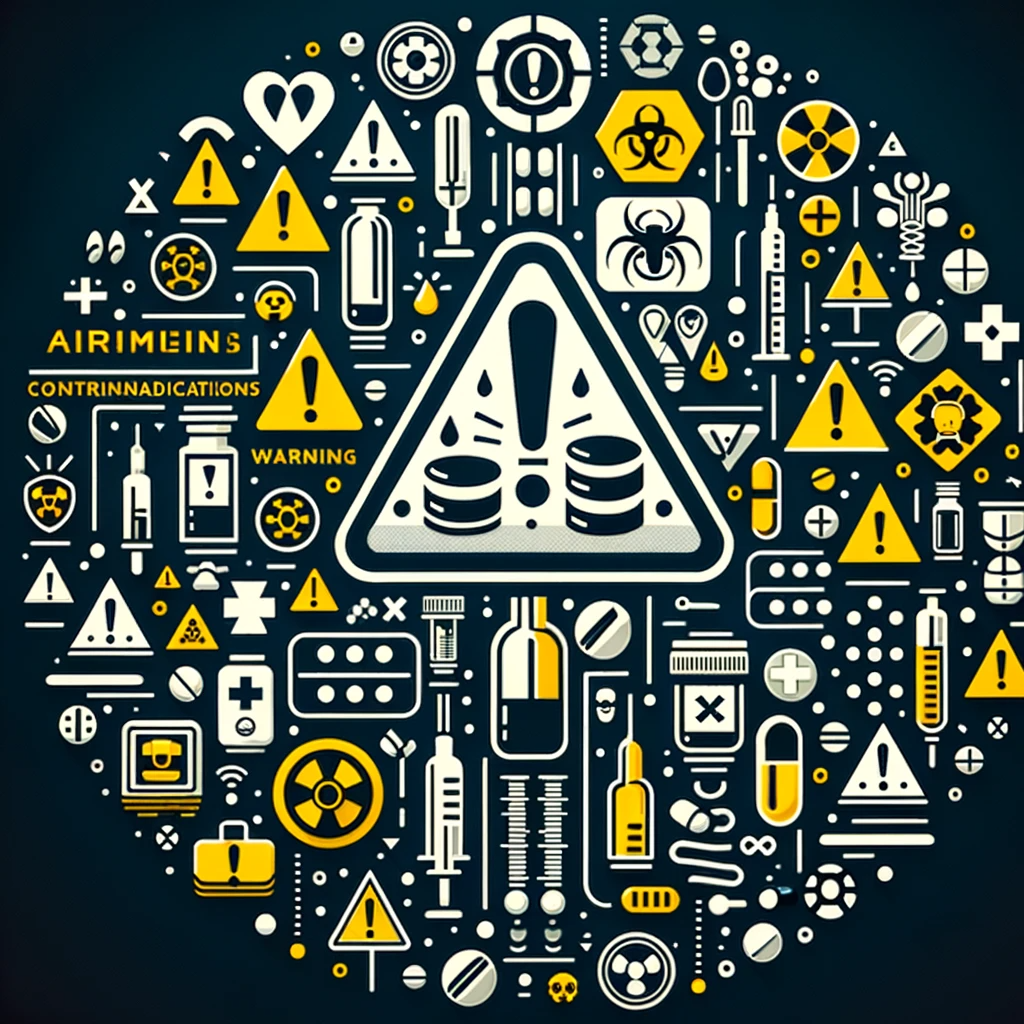
Special Precautions for Specific Populations
Some groups need to be careful when using Finasteride because they may face risks or side effects:
- Elderly individuals: Older people might be more sensitive to Finasteride, so that they may need dosage changes or closer monitoring for potential side effects.
- Individuals with a background of issues: Finasteride could impact urinary functions and might necessitate alterations in treatment approaches for those with existing conditions.
Finasteride Pregnancy
Finasteride falls under category X in terms of pregnancy risk, signifying that it carries a risk of causing fetal abnormalities if used during pregnancy. Women of childbearing age should ensure they use birth control while undergoing treatment, and the medication should not be touched by women who are pregnant or may become pregnant.
X. Special Considerations for Diverse Populations
Administration to Elderly: Adjustments and Risks
Elderly individuals might need attention when given Finasteride because their bodies change, and with age, that could impact how the drug is processed and eliminated. Adjusting the dosage to avoid buildup and potential harmful effects may be necessary. The increased risk of experiencing severe side effects, especially those affecting cognitive and sexual functions, highlights the importance of close monitoring and possibly lowering doses when necessary.

Administration to Pregnant Women and Nursing Mothers: Safety Profile and Recommendations
Avoid using Finasteride if you are pregnant or nursing, as it may lead to congenital disabilities and can pass through breast milk. It is best for women of childbearing age who are taking Finasteride to use contraception to prevent pregnancy while on the medication.

Administration to Children: Age Limitations and Dosing
The safety and effectiveness of Finasteride have not been confirmed for use in children. Due to its impact on development, it is generally advised against administering Finasteride to pediatric populations. Medical oversight and proper endocrine assessment and monitoring are essential when its usage is deemed close.

XI. Overdose and Emergency Management
Symptoms of Overdose and Immediate Actions
Taking too much Finasteride usually doesn't lead to severe symptoms that could be life-threatening, but it can make its usual side effects worse. The first steps are stopping the medication and managing any symptoms. It's important to seek medical advice to determine if more treatment is necessary.
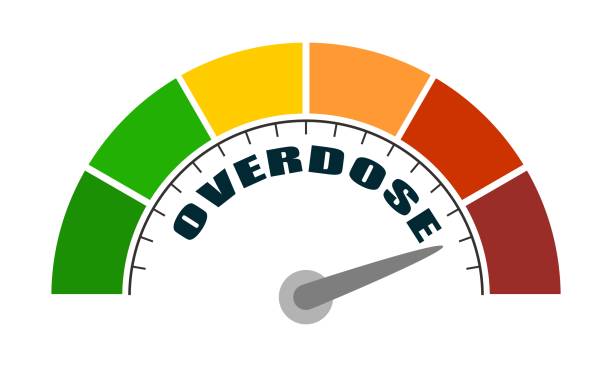
Long-term Management of Overdose
Dealing with an overdose of Finasteride mostly requires providing support and keeping an eye out for any lasting effects due to much hormone adjustment. It might be necessary to schedule follow-up visits to ensure the patient's hormone levels return to normal and check for any lasting effects on mental or physical well-being.
XII. Storage and Handling of Finasteride
Recommended Storage Conditions
Remember to store the tablets in a cool, dry place away from direct sunlight and moisture to maintain their effectiveness and extend their shelf life. It's best to store them at 15 to 30 degrees Celsius (59 to 86 degrees Fahrenheit). Keep the tablets in their packaging until you're ready to use them to shield them from environmental elements and potential contamination.

Safety Measures for Handling and Disposal
When dealing with Finasteride, especially if it is broken or crushed, it's essential to be careful for women who are pregnant or planning to become pregnant. This is because there is a risk of absorption and the possibility of causing congenital disabilities. When getting rid of Finasteride, following the guidelines for disposing of prescription medications is best. Usually, this involves returning any expired pills to pharmacy take-back programs to avoid environmental pollution and misuse.
XIII. Careful Administration Practices
Monitoring Requirements During Treatment
It's important to monitor the effectiveness and safety of Finasteride treatment. This involves checking PSA levels for those using it for benign prostatic hyperplasia and examining the scalp for those using it for hair loss. Monitoring helps catch any side effects early and signals if dosage adjustments are necessary.
Patient Education and Compliance Enhancement
Teaching patients the significance of following doses, possible side effects, and the anticipated timeframe for seeing results can significantly improve adherence. Offering details and promptly addressing patient worries promotes better treatment outcomes and patient contentment.
XIV. Discontinuation Effects
Potential Withdrawal Symptoms
Although Finasteride is not typically associated with causing withdrawal effects, abruptly stopping the medication can result in a quick resurgence of symptoms (such as hair loss or prostate enlargement) that the drug was effectively controlling. Additionally, specific individuals may notice an uptick in hair shedding after discontinuing the treatment.
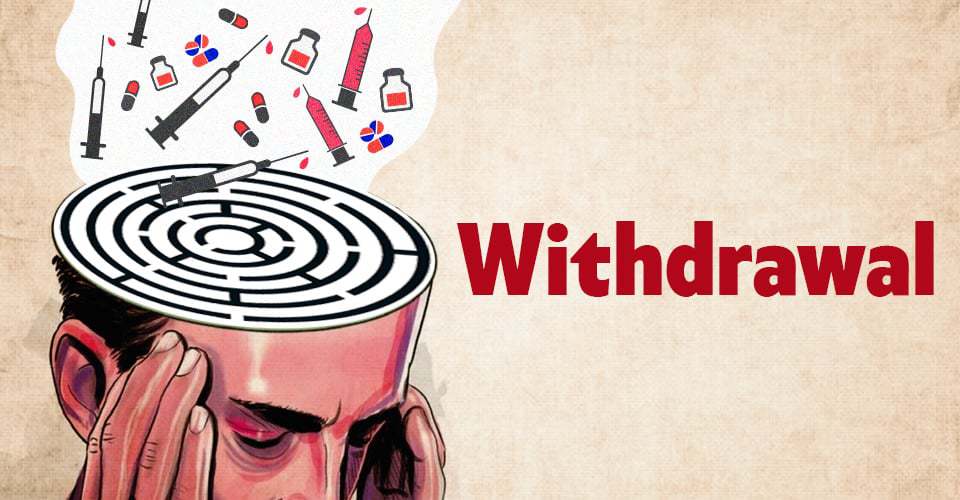
Strategies for Safe Discontinuation
To ensure safety, consult with a healthcare provider before stopping Finasteride. In situations where this is not possible, it may be advisable to slowly reduce the medication dosage to minimize any potential rebound effects. Patients should be carefully monitored for months after stopping the medication to evaluate the effectiveness of the initial treatment and address any returning symptoms appropriately.























